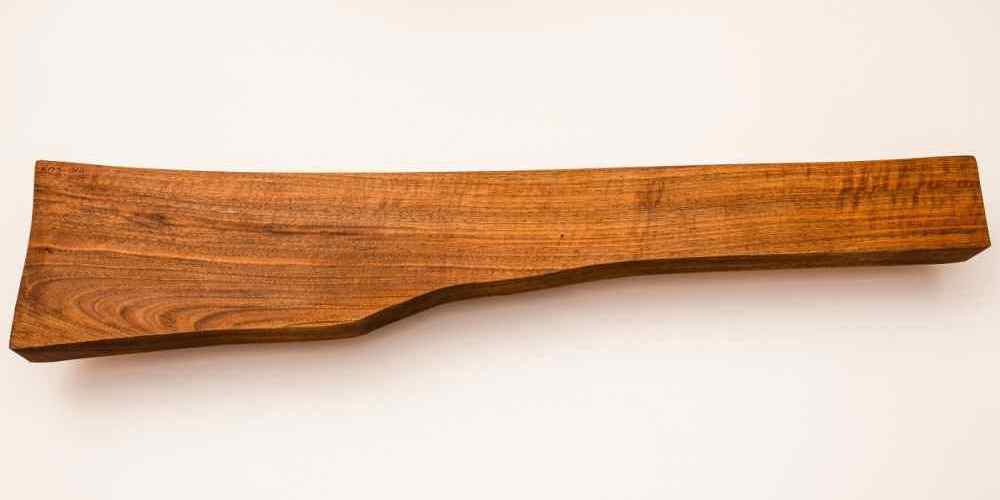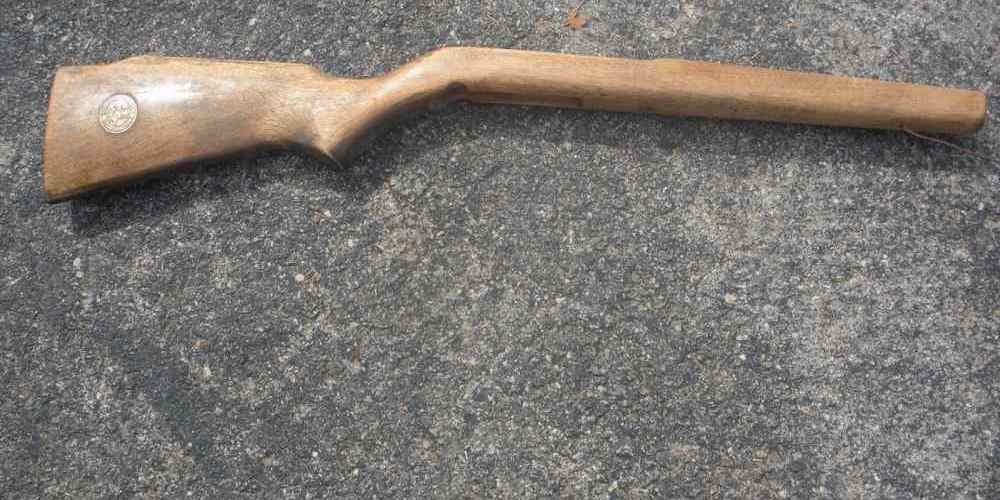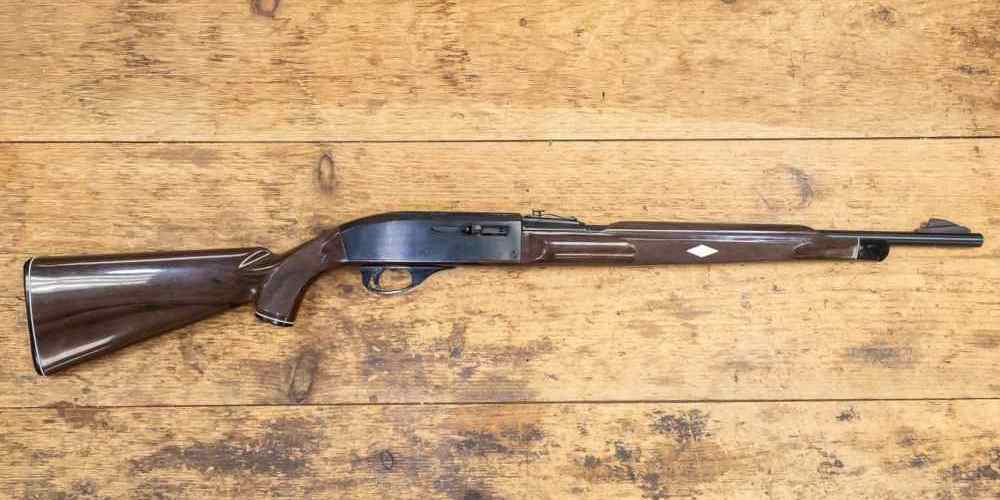“Rifle Stocks for Hunting: Achieving the perfect balance of function and portability.”
Benefits of Adjustable Rifle Stocks for Hunting
When it comes to hunting, having the right equipment can make all the difference in your success. One key component of your hunting gear that often gets overlooked is your rifle stock. The stock of your rifle plays a crucial role in your accuracy and comfort while out in the field. With advancements in technology, adjustable rifle stocks have become increasingly popular among hunters for their versatility and customization options.
One of the main benefits of adjustable rifle stocks for hunting is the ability to customize the fit of your rifle to your body. Every hunter is different, and having a stock that can be adjusted to fit your unique body shape and size can greatly improve your shooting accuracy. By adjusting the length of pull, comb height, and butt pad, you can create a rifle that feels like an extension of your body, allowing for more consistent and precise shots.
Another advantage of adjustable rifle stocks is the ability to easily switch between different shooting positions. Whether you are shooting from a prone, sitting, or standing position, being able to quickly adjust your stock to accommodate your shooting style can give you a significant advantage in the field. This versatility can be especially useful when hunting in varied terrain or when stalking game in challenging conditions.
In addition to customization and versatility, adjustable rifle stocks also offer improved ergonomics and comfort. Hunting can be a physically demanding activity, and having a stock that is comfortable to shoot can make a big difference in your overall experience. Adjustable stocks allow you to find the perfect fit for your body, reducing fatigue and strain during long days in the field.
Furthermore, adjustable rifle stocks can also help improve your shooting technique. By fine-tuning the fit of your rifle to your body, you can achieve a more consistent and stable shooting platform. This can lead to improved accuracy and precision, ultimately increasing your chances of making a clean and ethical shot on your target.
Overall, the benefits of adjustable rifle stocks for hunting are clear. From customization and versatility to improved ergonomics and shooting technique, these stocks offer a range of advantages that can enhance your hunting experience. Whether you are a seasoned hunter looking to upgrade your gear or a beginner looking for a reliable and versatile rifle stock, adjustable options are worth considering.
In conclusion, when it comes to hunting, having the right equipment can make all the difference in your success. Adjustable rifle stocks offer a range of benefits that can improve your accuracy, comfort, and overall shooting experience in the field. By investing in a quality adjustable stock, you can customize your rifle to fit your body, switch between different shooting positions with ease, and achieve a more consistent and stable shooting platform. So, if you are looking to take your hunting game to the next level, consider the benefits of adjustable rifle stocks for your next hunting adventure.
Choosing the Right Material for Your Rifle Stock
When it comes to choosing the right rifle stock for hunting, there are a few key factors to consider. One of the most important decisions you’ll need to make is what material you want your rifle stock to be made of. The material of your rifle stock can have a significant impact on its performance, durability, and overall feel. In this article, we’ll explore some of the most common materials used for rifle stocks and discuss the pros and cons of each.

One of the most popular materials for rifle stocks is wood. Wood has been used for centuries in the construction of firearms, and for good reason. Wood is durable, aesthetically pleasing, and has a natural feel that many hunters prefer. Wood rifle stocks can also be customized and shaped to fit the individual shooter’s preferences. However, wood stocks can be heavier than other materials, which can be a drawback for hunters who need to carry their rifles long distances.
Another common material for rifle stocks is synthetic materials such as fiberglass or carbon fiber. Synthetic stocks are lightweight, durable, and weather-resistant, making them a popular choice for hunters who need a rifle that can withstand harsh conditions. Synthetic stocks are also typically less expensive than wood stocks, making them a more budget-friendly option. However, some hunters find that synthetic stocks lack the natural feel and aesthetics of wood stocks.
For hunters who want the best of both worlds, there are hybrid rifle stocks available that combine the benefits of both wood and synthetic materials. These stocks typically have a wood core with a synthetic outer layer, providing the durability and weather resistance of synthetic materials with the natural feel and aesthetics of wood. Hybrid stocks can be a great option for hunters who want a high-performance rifle stock that still has a traditional look and feel.
Ultimately, the best material for your rifle stock will depend on your personal preferences and hunting needs. If you prioritize durability and weather resistance, a synthetic stock may be the best choice for you. If you prefer a more traditional look and feel, a wood stock may be the way to go. And if you want a balance of both, a hybrid stock could be the perfect option.
When choosing a material for your rifle stock, it’s also important to consider the weight of the stock. A heavier stock can help reduce recoil and improve accuracy, but it can also make your rifle more difficult to carry over long distances. On the other hand, a lighter stock may be easier to carry but could result in more recoil and less stability when shooting. Finding the right balance between weight and performance is key to choosing the best material for your rifle stock.
In conclusion, choosing the right material for your rifle stock is an important decision that can have a significant impact on your hunting experience. Whether you prefer the natural feel of wood, the durability of synthetic materials, or a hybrid option that combines the best of both worlds, there are plenty of options available to suit your needs. By considering factors such as durability, weight, and aesthetics, you can find the perfect rifle stock that balances function and portability for your next hunting adventure.
How to Properly Fit a Rifle Stock for Hunting
When it comes to hunting, having the right equipment can make all the difference in your success. One key component of your hunting gear that often gets overlooked is the rifle stock. A properly fitted rifle stock can greatly improve your accuracy and comfort while out in the field. In this article, we will discuss how to properly fit a rifle stock for hunting, balancing function and portability.
The first step in fitting a rifle stock is to determine the length of pull. This is the distance from the trigger to the butt of the stock. To measure your length of pull, sit in a shooting position with your elbow at a 90-degree angle and have someone measure from the trigger to the crook of your elbow. This measurement will help ensure that you have the proper amount of space to comfortably shoulder your rifle and reach the trigger.
Next, you will want to consider the comb height of the stock. The comb is the top part of the stock where your cheek rests while aiming down the sights. Having the correct comb height will help you maintain a consistent cheek weld, which is crucial for accuracy. To determine the proper comb height, mount your rifle and close your eyes. When you open your eyes, your eye should be perfectly aligned with the sights. If not, you may need to adjust the comb height.
Another important factor to consider when fitting a rifle stock is the grip. The grip is where you hold the rifle with your shooting hand. It should feel comfortable and allow you to maintain a firm grip on the rifle while shooting. Make sure the grip is not too thick or too thin for your hand size. You should be able to comfortably wrap your fingers around the grip without straining.
In addition to the length of pull, comb height, and grip, you will also want to consider the weight and balance of the rifle stock. A heavy stock can help reduce recoil, but it may be cumbersome to carry around while hunting. On the other hand, a lightweight stock may be easier to carry, but it may not absorb as much recoil. Finding the right balance between weight and function is key to a successful hunting experience.
When fitting a rifle stock, it is important to remember that everyone’s body is different. What works for one person may not work for another. It may take some trial and error to find the perfect fit for your rifle. Don’t be afraid to make adjustments or seek out professional help if needed.
In conclusion, properly fitting a rifle stock for hunting is essential for accuracy, comfort, and overall success in the field. By considering factors such as length of pull, comb height, grip, weight, and balance, you can find the perfect balance between function and portability. Remember to take your time and make adjustments as needed to ensure a comfortable and effective shooting experience. Happy hunting!
Comparing Traditional vs. Tactical Rifle Stocks
When it comes to choosing the right rifle stock for hunting, there are a variety of options available on the market. Two popular choices are traditional rifle stocks and tactical rifle stocks. Each type has its own set of advantages and disadvantages, so it’s important to understand the differences between the two before making a decision.
Traditional rifle stocks are typically made from wood or synthetic materials and have a more classic look and feel. They are often preferred by hunters who value tradition and aesthetics. Traditional rifle stocks are known for their durability and stability, making them a reliable choice for long hunting trips in rugged terrain. However, they can be heavier than tactical rifle stocks, which may be a concern for hunters who prioritize portability.
On the other hand, tactical rifle stocks are designed with functionality and versatility in mind. They are usually made from lightweight materials such as polymer or aluminum, making them ideal for hunters who need to move quickly and quietly through the wilderness. Tactical rifle stocks often come with adjustable features such as length of pull and cheek risers, allowing hunters to customize their rifle for maximum comfort and accuracy.
One of the main advantages of tactical rifle stocks is their modularity. Many tactical stocks are compatible with a wide range of accessories, such as bipods, slings, and optics. This allows hunters to customize their rifle to suit their specific needs and preferences. Additionally, tactical rifle stocks are often designed with ergonomics in mind, providing a comfortable and stable shooting platform.
Despite their advantages, tactical rifle stocks may not be the best choice for every hunter. Some hunters may prefer the classic look and feel of a traditional rifle stock, while others may find the adjustable features of tactical stocks unnecessary. It ultimately comes down to personal preference and the specific needs of the individual hunter.
When comparing traditional and tactical rifle stocks, it’s important to consider factors such as weight, durability, customization options, and overall comfort. Hunters should also take into account the type of hunting they will be doing and the environment in which they will be hunting. For example, a hunter who plans to trek through dense forests may prefer a lightweight tactical stock, while a hunter who will be hunting from a stationary position may opt for a more traditional stock.
In conclusion, choosing the right rifle stock for hunting is a personal decision that depends on a variety of factors. Traditional rifle stocks offer durability and stability, while tactical rifle stocks provide functionality and versatility. By carefully considering the advantages and disadvantages of each type of stock, hunters can make an informed decision that balances function and portability. Ultimately, the best rifle stock is the one that feels comfortable and natural in the hands of the hunter, allowing for accurate and successful shots in the field.
Tips for Customizing Your Rifle Stock for Optimal Performance
When it comes to hunting, having the right equipment can make all the difference in your success. One key component of your hunting gear that often gets overlooked is your rifle stock. The stock of your rifle plays a crucial role in your accuracy and comfort while out in the field. Customizing your rifle stock can help you achieve optimal performance and make your hunting experience more enjoyable.
One of the most important factors to consider when customizing your rifle stock is finding the right balance between function and portability. A stock that is too heavy can be cumbersome to carry around all day, while a stock that is too light may not provide the stability you need for accurate shooting. Finding the perfect balance will depend on your personal preferences and the type of hunting you plan to do.
When customizing your rifle stock, there are a few key features to consider. The first is the material of the stock. Wood stocks are traditional and offer a classic look, but they can be heavier than synthetic stocks. Synthetic stocks are lightweight and durable, making them a popular choice for hunters who need to carry their rifle long distances. Carbon fiber stocks are another option that offer the benefits of both wood and synthetic stocks, with added strength and stability.
Another important feature to consider is the length of pull. The length of pull is the distance from the trigger to the butt of the stock, and it can greatly affect your comfort and accuracy while shooting. A stock with the correct length of pull will allow you to shoulder your rifle comfortably and maintain proper eye relief with your scope. Customizing the length of pull to fit your body can make a big difference in your shooting performance.
Adjustable cheek rests and butt pads are also important features to consider when customizing your rifle stock. A cheek rest can help you achieve proper alignment with your scope, while a butt pad can reduce recoil and improve your shooting comfort. Having these adjustable features on your rifle stock can help you fine-tune your shooting position for optimal performance in the field.
When customizing your rifle stock, it’s important to consider the type of hunting you plan to do. If you will be hunting in dense brush or tight spaces, a shorter stock may be more maneuverable. If you will be shooting long distances or from a prone position, a longer stock with a higher comb may be more comfortable and stable. Tailoring your rifle stock to your hunting style can help you achieve the best results in the field.
In conclusion, customizing your rifle stock for optimal performance is an important step in preparing for your next hunting trip. Finding the right balance between function and portability, choosing the right material, adjusting the length of pull, and adding adjustable features can all help you achieve better accuracy and comfort while out in the field. By taking the time to customize your rifle stock, you can improve your shooting performance and make your hunting experience more enjoyable.






